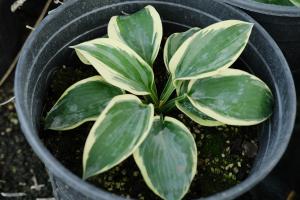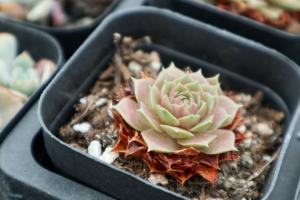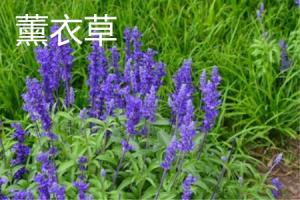Introduction
Chilled water plants are commonly used to provide cooling for various applications, such as air conditioning systems, industrial processes, and data centers. In this article, we will explore how chilled water plants work, their components, and their benefits.
Components of a Chilled Water Plant
A typical chilled water plant consists of several components, including a chiller, cooling tower, pumps, chill water and condenser water piping, and control system. The chiller is the heart of the plant, responsible for producing cold water that is circulated through the building. There are two main types of chillers: air-cooled and water-cooled. Air-cooled chillers use air to remove heat from the refrigerant, while water-cooled chillers use water.
How Does a Chiller Work?
The chiller works by absorbing heat from the building and transferring it to the refrigerant. The refrigerant then circulates through the evaporator, where it evaporates and absorbs more heat. The refrigerant vapor then moves to the compressor, where it is compressed and increases in temperature. The hot refrigerant then flows through the condenser, where it gives off heat to the cooling tower or air-cooled condenser. Finally, the refrigerant returns to the evaporator to start the cycle again.
Cooling Tower
The cooling tower is responsible for removing heat from the condenser water. It operates using the principle of evaporative cooling. Water is sprayed onto the top of the tower, and as it flows down, it is exposed to air. Some of the water evaporates, which removes heat from the rest of the water. The cooled water is then returned to the chiller to absorb more heat.
Pumps and Piping
The pumps and piping are responsible for transporting the chill water and condenser water between the chiller, cooling tower, and building. The chill water is typically pumped to air handling units, where it is used to cool the air. The condenser water, on the other hand, is pumped to the cooling tower, where it is cooled down before returning to the chiller.
Control System
The control system is the brain of the chilled water plant, responsible for monitoring and adjusting the operation of the various components. The control system typically includes sensors to measure the temperature and pressure of the water, as well as the status of the components. The data is then used to adjust the speed of the pumps and fans, as well as the operation of the chiller.
Benefits of a Chilled Water Plant
Chilled water plants offer several benefits over traditional air conditioning systems, such as improved energy efficiency, better control over temperature and humidity, and reduced noise levels. Additionally, chilled water plants can be designed to be modular, allowing for easy expansion or modification as cooling needs change.
Conclusion
Chilled water plants are an essential component of many modern buildings, providing efficient and reliable cooling for a wide range of applications. While the components and operation of a chilled water plant may seem complex, their benefits and reliability make them a smart choice for any cooling application.

 how many times do yo...
how many times do yo... how many planted tre...
how many planted tre... how many pine trees ...
how many pine trees ... how many pecan trees...
how many pecan trees... how many plants comp...
how many plants comp... how many plants can ...
how many plants can ... how many plants and ...
how many plants and ... how many pepper plan...
how many pepper plan...































